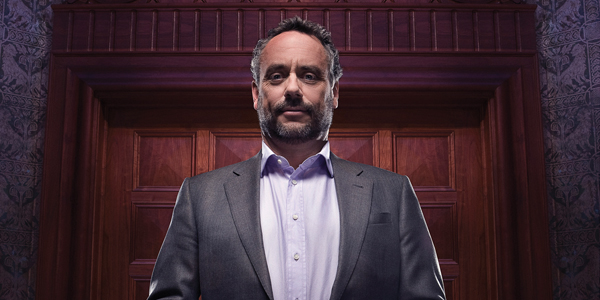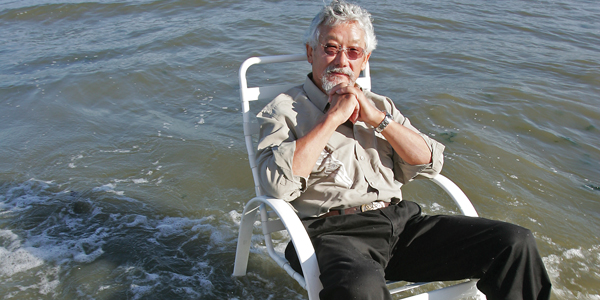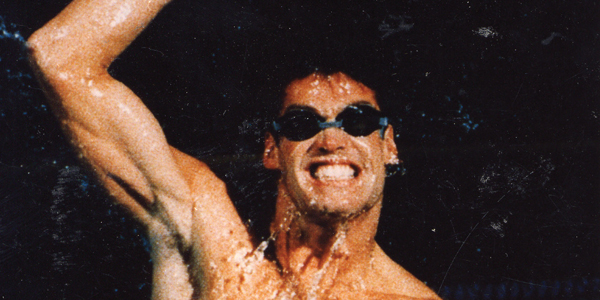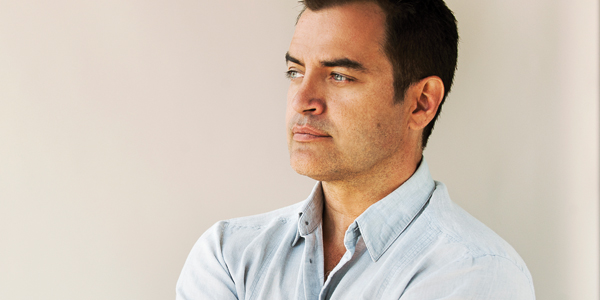 In the late sixteen-hundreds, the great poet Alexander Pope penned the phrase, “To err is human, to forgive divine.” The powerful truth revealed through these words has the redemptive potential for us to reclaim our humanity. Not just for ourseleves but for all humankind, if only we could live it.
In the late sixteen-hundreds, the great poet Alexander Pope penned the phrase, “To err is human, to forgive divine.” The powerful truth revealed through these words has the redemptive potential for us to reclaim our humanity. Not just for ourseleves but for all humankind, if only we could live it.
If we’re to reclaim our humanity, we’ll need to begin by accepting our nature of being human. Acceptance opens the door for forgiveness to walk through.
Being human, in a world of good and bad and right and wrong, our lives are lived on the scales of justice. Voices of judgement echo in the corridors of our mind, evidence is weighed, arguments rehearsed, and a flood of emotion fills our being. Anger, bitterness, and resentment confirm the merits of the case. After much internal deliberation from “expert witnesses” and “expert opinions”, a verdict is made and punishment is declared. Another human is condemned in the courtroom of your mind and locked away in the prison of your heart, a cold, harsh place of indifference, rejection, and isolation.
Some of the people who have been tried and convicted in the courtroom of our minds include our parents, spouses, children, teachers, clergy, neighbours, friends, bosses, or co-workers. Ironically, we often reserve our worst judgement for ourselves.
Acceptance does not condone harmful or destructive behaviour or the disposing of your moral code. Rather, acceptance is simply a willingness to lay aside judgement and pick up empathy. Acceptance allows for the belief that we’re all doing the best we can with what we have available to us in the moment. Sometimes what’s available to a person in the moment is fear, greed, anger, or self preservation and that’s what determines their behaviour. At other times people, perhaps even the same people who previously behaved from a limited level of awareness, can be incredibly resourceful, responding with love, honour, respect, wisdom, and creativity.
Doug Hammarskjold, 1961 Nobel Peace prize winner said, “Forgiveness is the answer to the child’s dream of a miracle by which what is broken is made whole again, what is soiled is made clean again.”
We can all relate to having behaved from any one, if not all of these states of consciousness to some degree at one time or another. Welcome to the planet and your human existence!
If you truly want to experience a higher quality of life, deeper more meaningful relationships, an improved state of health, an increase in wealth and prosperity, and an overall sense of well being, then you must learn to forgive yourself and others. It’s the only way to leave the past behind and create the future that you truly want for yourself and those you love.
Forgiveness is a process of release and it lives on the other side of acceptance. It’s like breathing in and breathing out. Breathing in is a natural automatic response. With the “in breath”, it’s as though you accept your humanity or the humanity of another person and you experience the oneness of being human. With the “out breath” it’s as though you let go of the thoughts and negative energy associated with the emotions of the unmet needs or expectations of a situation.
There’s a very powerful and easy process that can help you with the process of release, associated with forgiveness called the Sedona Method. The Sedona Method helps you to let go of the strong emotions attached to a particular event. The process uses your imagination through the power of visualization. It provides a pathway to free yourself with ease, using your own ability to recognize and choose what you can do with any situation before you do.
The process outlined below can be done alone or with the support of a professional coach.
- First, find a quiet place where you won’t be interrupted.
- Next, take a few deep, nourishing breaths to help you relax and just be present.
- Then, take a moment to think of an event or situation that has offended you (whether it was something that you did or something that was done to you).
- Allow yourself to experience he emotion associated with the particular situation. As the memory and emotions rise up, imagine that you have a magic bubble maker that can low the biggest soap bubble possible, and begin blowing a bubble with your bubble maker.As you blow into the bubble, picture your hurt, pain, disappointment, anger, resentment, bitterness, loss – whatever it is that you’re feeling – fill the bubble.The bubble can get very large but it remains light, just like a soap bubble.Notice the swirling of colours within the bubble and observe the mess that you were carrying inside of you and how now it’s inside the bubble.
- As you visualize the bubble, ask yourself the following three questions:Can I let this go?
Will I let this go?
When? - As you answer the last question, let the bubble go. Visualize the bubble floating up and away to wherever your imagination wants it to disappear to – over a sunset, over an ocean, or into the universe – whatever imagery you choose is perfect for you.
Like two sides of a coin, acceptance and forgiveness are what give you freedom. Freedom is what empowers you to be, do, and have what you truly want on this journey called life.





